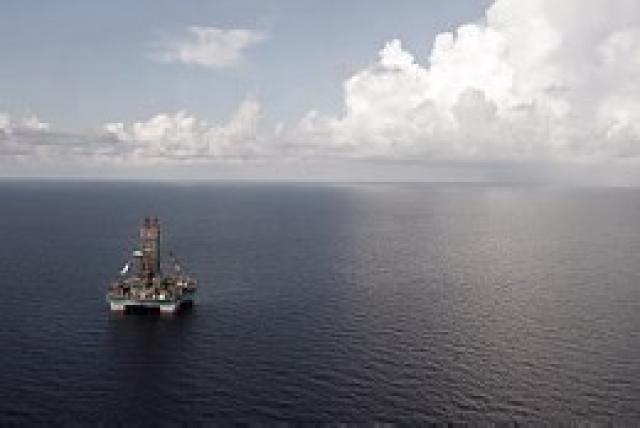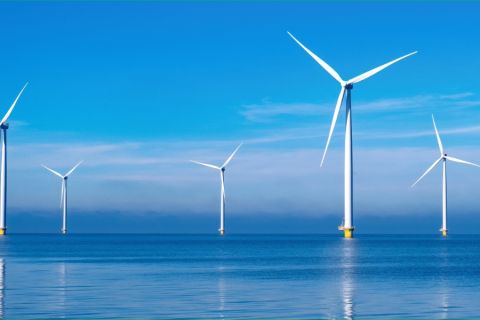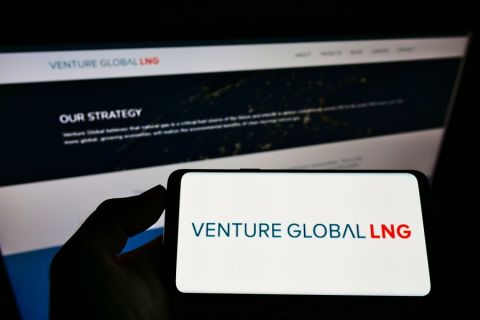
Statoil has been on something of a tear lately, allowing the North Sea to constantly reinvent itself as a world-class province as it continues to make massive discoveries.
But the company is extremely active on the other side of the Atlantic as well.
Erik Finnstrom, senior vice president of exploration North America, was on hand at SEG to discuss his company’s activities on this side of the pond.
Finnstrom mostly oversees Statoil’s conventional offshore assets in the deepwater Gulf of Mexico (GoM), Alaska, and Canada. The company has 66 leases in Alaska, and it is also partnering with ConocoPhillips in its Devil’s Paw prospect in the Chukchi Sea.
“We’ve been pretty active in maturing prospectivity in Alaska, and we’re getting ready to drill within the next two to four years,” he said.
In the GoM, Statoil is one of the most active explorers. It has had two drilling rigs working constantly drilling exploration wells. Finnstrom estimated that the company is the fifth-largest leaseholder with 330 leases.
“Our mission is to establish a sustainable exploration program for Statoil in North America, meaning we’re not on and off,” he said. “We have continuous activity, and we continue to supply volumes and successful wells to the company.”
Statoil continues to “recharge” its portfolio in the GoM, he added. “We go through and highgrade and throw out the bad things and get new prospects in, and we continue to make it a better portfolio.”
With this as a goal, the company has become highly competitive in GoM lease sales. In the most recent Central Lease sale, Statoil won 26 of the 32 blocks it bid on and was the most successful company on bids with competition. It also won two of the top three targets that it bid on.
“We considered it very successful,” Finnstrom said.
Because the deepwater GoM is both highly competitive and extremely costly, Statoil has chosen to focus on a smaller area and have the best data and the best geological understanding possible. This process has taken awhile – when Statoil merged with Norsk Hydro in 2007, both companies brought GoM leases that covered much of the region.
“We’re now in the plays that we want to be in in the areas where we think the data we have will allow us to be one of the most competitive companies,” he said.
Current areas of focus are Miocene, Paleogene, and some frontier acreage in the eastern GoM. Already, a well is planned on the high-bid block and should spud in Q4 2013.
The complex geology of the region has caused the company to enhance its in-house depth imaging expertise, hiring several experienced deepwater GoM geoscientists and developing its own workflows for accessing and maturing deepwater prospects.
Finnstrom described Statoil’s Canadian acreage as “a little jewel in [their] crown.” It will kick off a three-well program there in December. “Since 2009 we’ve stepped up our land acquisition effort in Canada and increased our gross exploration area by a factor of 12,” he said. “We pretty much dominate the Flemish Pass basin, and we’re partners with Chevron in the Orphan basin. We’ll also be drilling a well there some time in December.”
He added that these fields are in the same general vicinity as “the perfect storm” of a few years ago.
The operating environment is tough, but Finnstrom said Statoil’s North Sea experience will help.
An area of focus longer term is the Beaufort Sea. As part of its Orphan basin deal with Chevron, Statoil also acquired a 40% equity interest in Chevron’s Beaufort Sea license.
Overall, North America is an important part of Statoil’s portfolio. Finnstrom said the company has been working to develop its North American footprint since about 2002, but it redoubled its efforts last year, creating a North American business unit and bringing Finnstrom back to the States from Norway, where he had worked for more than 20 years.
“North American has been put on par with our Norwegian business unit in the hierarchy of our company, which is a breakthrough for Statoil,” he said. “It shows the importance of what we’re trying to do.”
Ultimately, Statoil expects its North American holding to produce about 20% of the company’s volumes.
“The goal is to keep the Norwegian production level, which will be difficult, actually,” he said. “Then we will grow the international areas, with North America being one of the core areas.
“Since the early 2000s Statoil has been trying to develop the business here. It’s had a belief that North
America is a place for our company to be.”
Contact the author, Rhonda Duey, at rduey@hartenergy.com.
Recommended Reading
US Interior Department Releases Offshore Wind Lease Schedule
2024-04-24 - The U.S. Interior Department’s schedule includes up to a dozen lease sales through 2028 for offshore wind, compared to three for oil and gas lease sales through 2029.
Utah’s Ute Tribe Demands FTC Allow XCL-Altamont Deal
2024-04-24 - More than 90% of the Utah Ute tribe’s income is from energy development on its 4.5-million-acre reservation and the tribe says XCL Resources’ bid to buy Altamont Energy shouldn’t be blocked.
Mexico Presidential Hopeful Sheinbaum Emphasizes Energy Sovereignty
2024-04-24 - Claudia Sheinbaum, vying to becoming Mexico’s next president this summer, says she isn’t in favor of an absolute privatization of the energy sector but she isn’t against private investments either.
Venture Global Gets FERC Nod to Process Gas for LNG
2024-04-23 - Venture Global’s massive export terminal will change natural gas flows across the Gulf of Mexico but its Plaquemines LNG export terminal may still be years away from delivering LNG to long-term customers.
US EPA Expected to Drop Hydrogen from Power Plant Rule, Sources Say
2024-04-22 - The move reflects skepticism within the U.S. government that the technology will develop quickly enough to become a significant tool to decarbonize the electricity industry.




